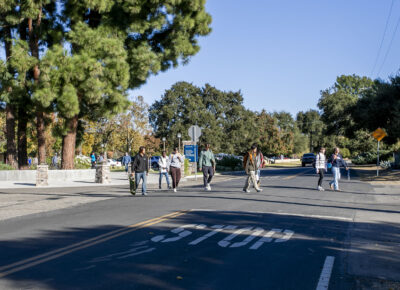The rapid advancements in artificial intelligence are often lauded as a new era of progress, promising efficiency, innovation, and solutions to complex problems. Yet, beneath the gleaming veneer of technological marvel, a pressing question looms large: will AI widen the already cavernous gap of inequality, or can it be steered to foster a more equitable future? As AI permeates every facet of our lives, from job markets to healthcare and education, its potential to exacerbate existing disparities is becoming increasingly clear.
The Looming Shadow Over the Job Market
One of the most immediate and palpable concerns regarding AI’s impact on inequality lies within the job market. Automation, powered by sophisticated AI, is poised to displace a significant portion of the workforce, particularly those in routine, manual, or data-entry roles. While proponents argue that AI will create new jobs requiring specialized skills, the transition is unlikely to be smooth or universally accessible. The individuals most vulnerable to displacement are often those with lower educational attainment or in economically disadvantaged communities, who may lack the resources and opportunities for retraining. This creates a vicious cycle: job losses lead to reduced income, which in turn limits access to education and upskilling, further entrenching their position at the bottom of the economic ladder.
Furthermore, the benefits of AI-driven productivity gains are not evenly distributed. Companies that successfully integrate AI often see increased profits, but these gains frequently flow upwards to shareholders and highly skilled employees, rather than being shared with the broader workforce. This concentration of wealth in the hands of a few, while many struggle with job insecurity, is a classic recipe for widening economic disparities. The rise of a “gig economy” fueled by AI platforms also raises questions about worker protections, benefits, and fair wages, potentially creating a new class of precarious labor with limited social safety nets.
Unequal Access to AI’s Benefits
Beyond the job market, the very benefits that AI promises – from personalized education and advanced healthcare to improved public services – risk being unequally distributed. The development and deployment of cutting-edge AI technologies are expensive, requiring significant investment in research, infrastructure, and skilled personnel. Consequently, wealthier nations and more affluent communities are far more likely to have early and robust access to these innovations. This creates a technological divide, where those with resources can leverage AI to enhance their lives and opportunities, while those without are left further behind.
Consider the realm of healthcare: AI-powered diagnostics and personalized medicine hold immense promise, but if these technologies are primarily available in private clinics or expensive medical centers, they will only serve to deepen the divide between those who can afford premium care and those who cannot. Similarly, in education, AI tutors and adaptive learning platforms could revolutionize personalized instruction. However, if access is limited to well-funded schools or private subscriptions, it will only give an advantage to students from privileged backgrounds, leaving public school systems in underserved areas to struggle with fewer resources. Even in areas like content moderation, where AI is used to filter out harmful material, including things like NSFW AI, the ethical considerations and potential for bias in algorithms can disproportionately affect certain communities if not carefully managed and made accessible for scrutiny.
The Ethical Imperative for Inclusive AI Development
The potential for AI to exacerbate inequality is not an immutable fate. It is, rather, a challenge that demands proactive and ethical intervention from policymakers, developers, and society as a whole. The design and deployment of AI systems must be guided by principles of fairness, transparency, and inclusivity. This means investing in education and retraining programs that are accessible to all, ensuring that the displaced workforce has the opportunity to adapt to the new economy. It also means developing robust social safety nets to support those in transition and exploring new economic models that ensure the benefits of AI are more broadly shared.
Furthermore, efforts must be made to bridge the technological divide. This includes public investment in AI infrastructure in underserved areas, promoting open-source AI development, and ensuring that AI applications are designed with accessibility and affordability in mind. Ethical considerations, including bias detection and mitigation, must be embedded into the entire AI development lifecycle to prevent algorithms from perpetuating or even amplifying existing societal prejudices. Ultimately, the question of whether AI widens or narrows the inequality gap rests not on the technology itself, but on the deliberate choices we make today about its development, deployment, and governance. Without a concerted effort to prioritize equity, the future risks being one where AI’s incredible potential only serves to enrich the few at the expense of the many.






